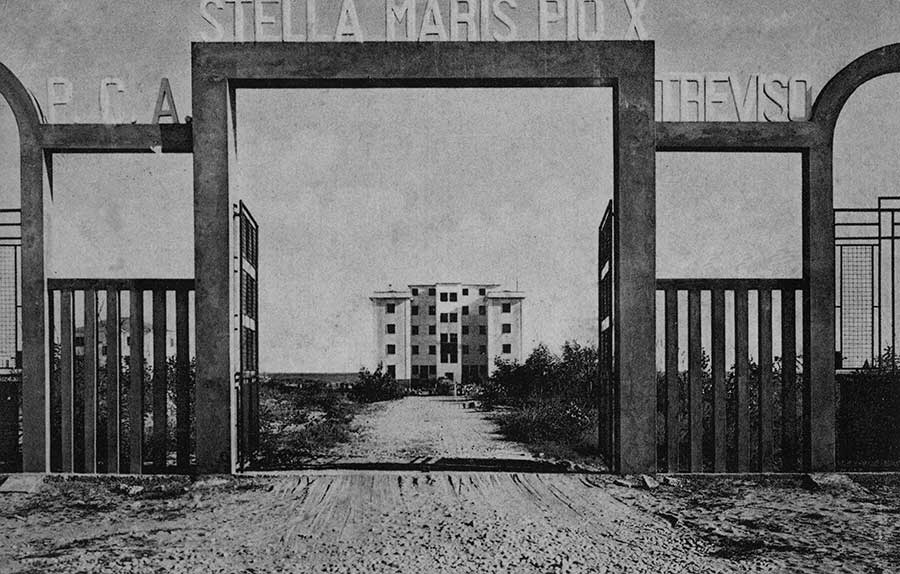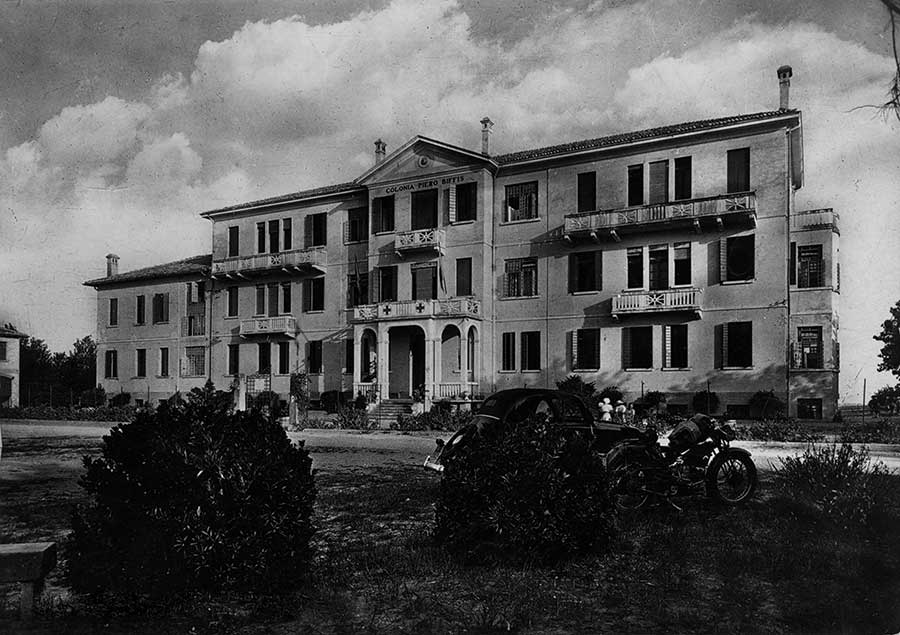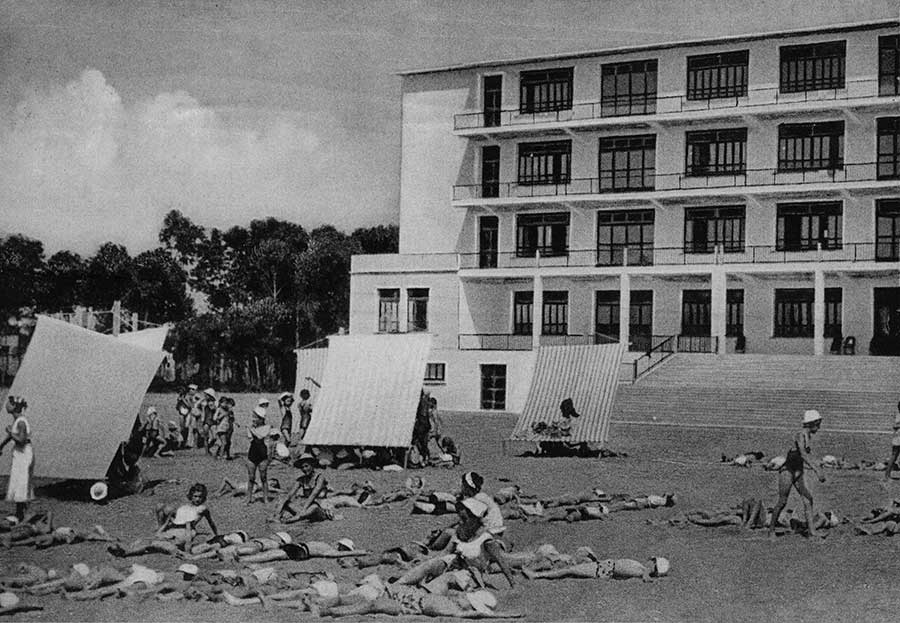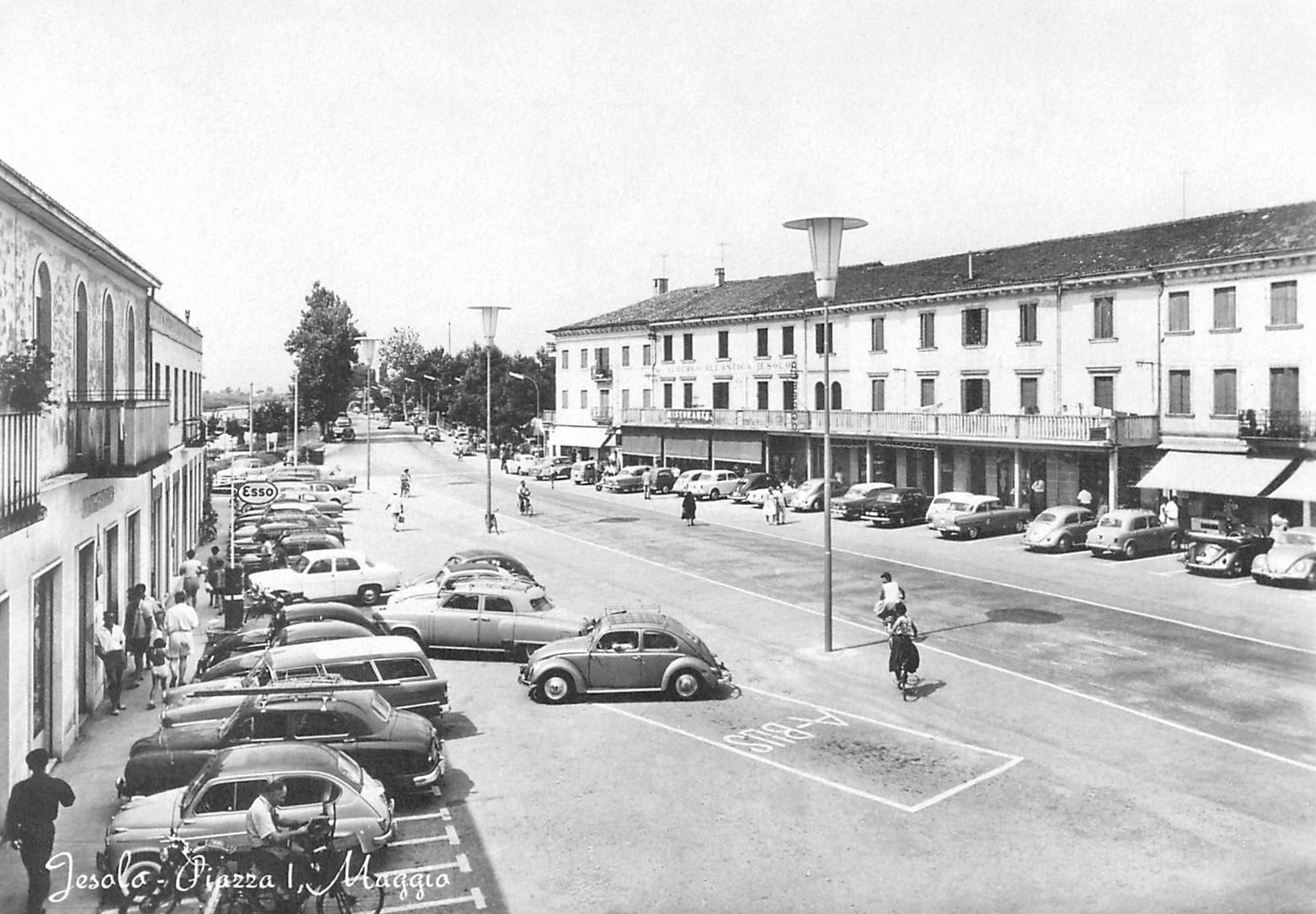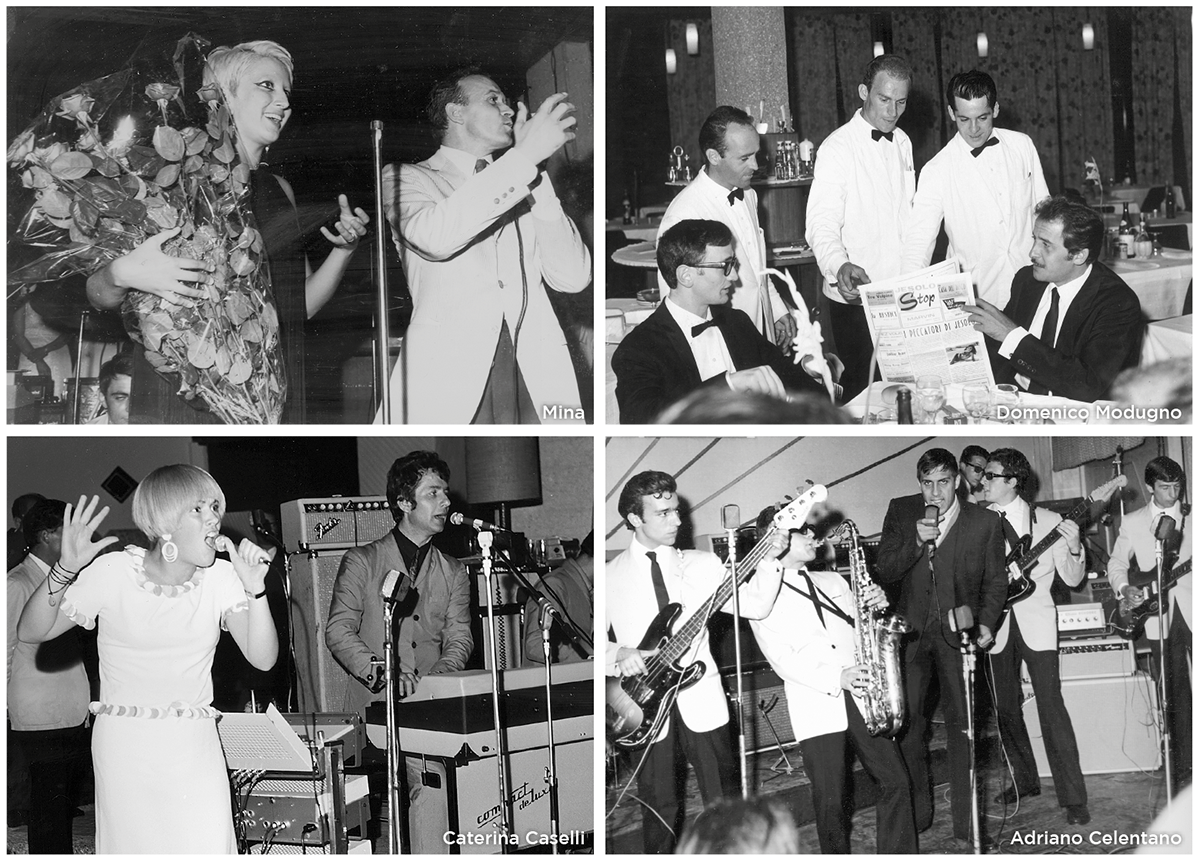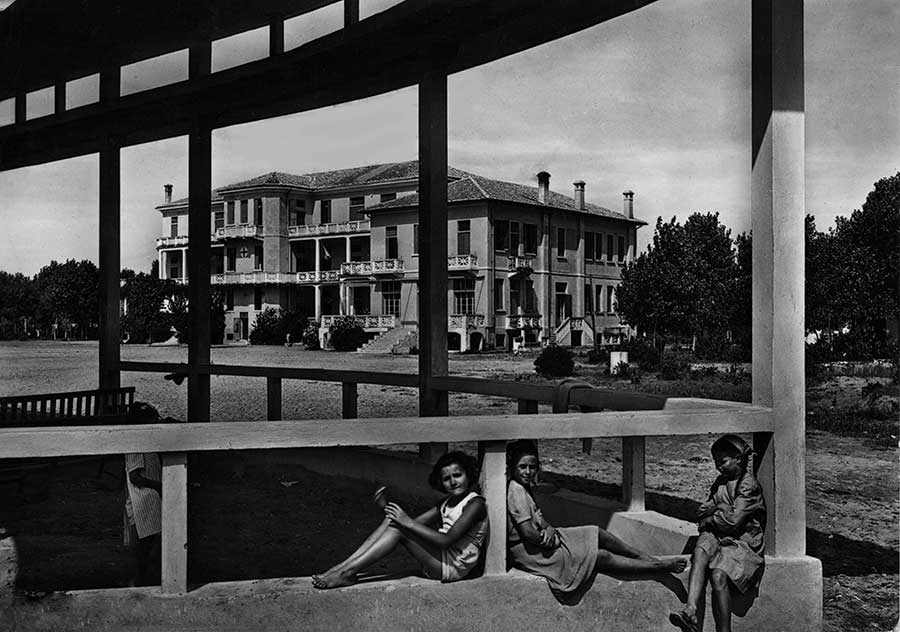
The summer camp at the seaside
The charm of the unforgettable past time
by Giovanni Cagnassi
From the stilt houses of the first inhabitants connected to the future city of Venice, to the history of first Cavazuccherina and then Jesolo, which was erected on the ancient and Roman Equilium, the step towards tourism was not a short one. The first guests of the city-to-be were wealthy people from Lombardy and Treviso who built factories and hotels, but the Church also played an important role, since it established summer camps for children.
It all started with the “Dux” heliotherapeutic beach resort in 1927, which then became a marine institute and finally a hospital. Initially, these places were attended by the soldiers after the Great War as well as by those who needed special treatment for their respiratory tract, lungs and bones.
In the 1950s, however, the children’s needs became increasingly important in the thriving society, leading to the creation of the first treatment structures for tubercolosis and other diseases which also allowed less well-off families to send their children to the sea on holiday. And this is how the Jesolo summer camps were born between the end of the Second World War and the 1960s, almost all managed by the Church and charitable associations.
In the eastern area of the Lido, from piazza Milano to piazza Torino, there were facilities like Stella Maris, Monte Berico and Maria Assunta, in addition to new structures such as the homonymous and still existing Villaggio al lido created upon the initiative of private subjects and far-sighted entrepreneurs, such as the Marzotto family. Gaetano Marzotto built it in 1949 in the former “Marina di Jesolo” to welcome the employees of the wool companies and their children.
The black and white photos, now faded, still portray thousands of little tourists who came to Jesolo from all over Veneto to discover the sea for the first time. And even today, now elderly, they remember those times with nostalgia. They recall the stories of a distant past, of a carefree and naive childhood, with no mobile phones and computers. Stories of large dormitories and long and silent nights, enlivened by the lapping of the waves. Recently, the summer camps have been demolished, especially in the area of via Levantina, near the Red Cross, to make room for modern buildings designed by some starchitects who have built residences and tourist villages there.
Today, there are the summer camps promoted by the parishes, who make a brief appearance on the beaches between the umbrellas and the sun beds of the tourists, or the initiatives of private companies and sports camps for competitions on the beach.
This is the consequence of modern times, where people no longer sleep in large stale rooms with bunk beds. But the charm of those experiences is still intact in the memories of those who lived them. Like a wave that, in spite of its ebb and flow, cannot erase an indelible imprint on the hearts of many residents.




